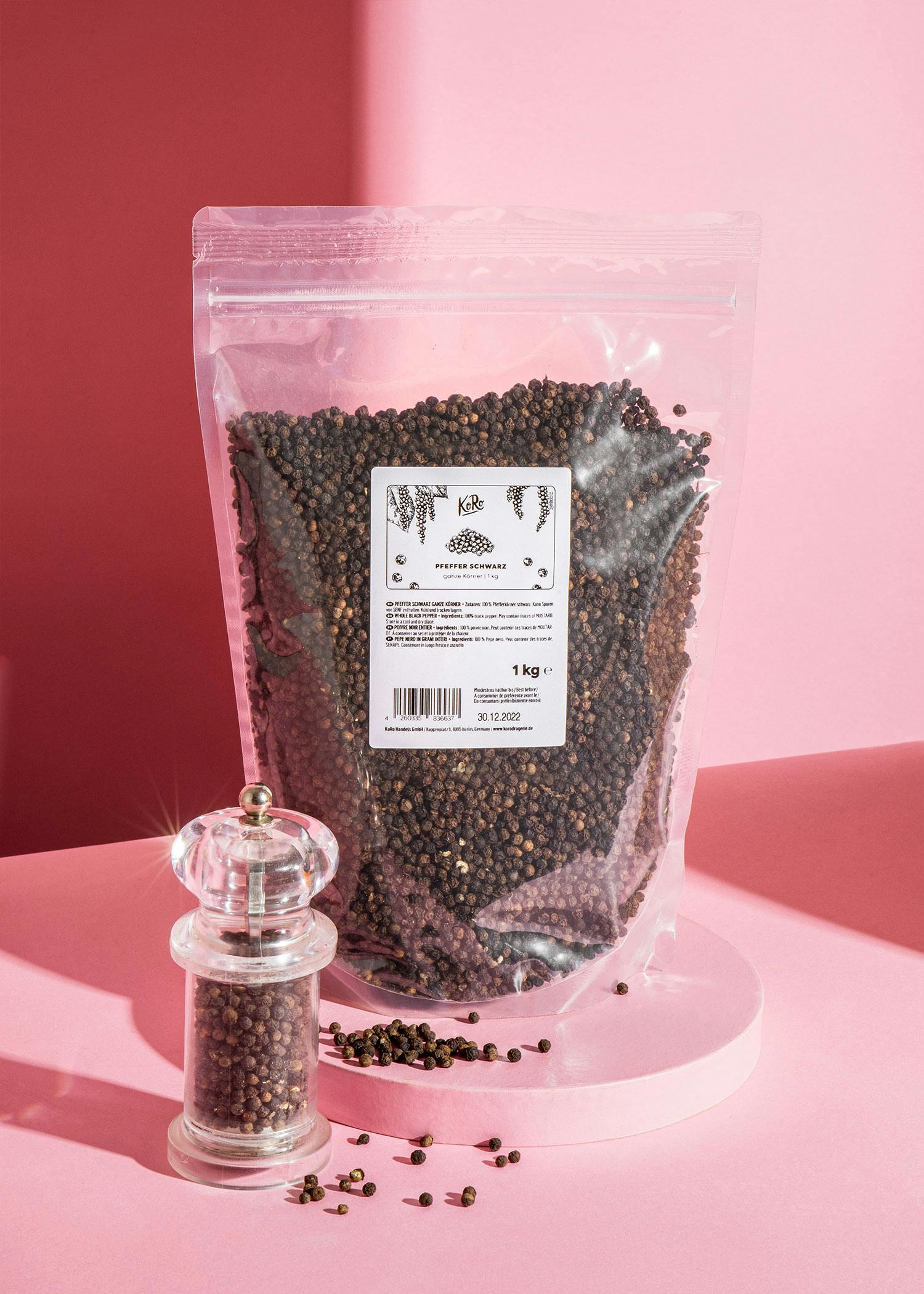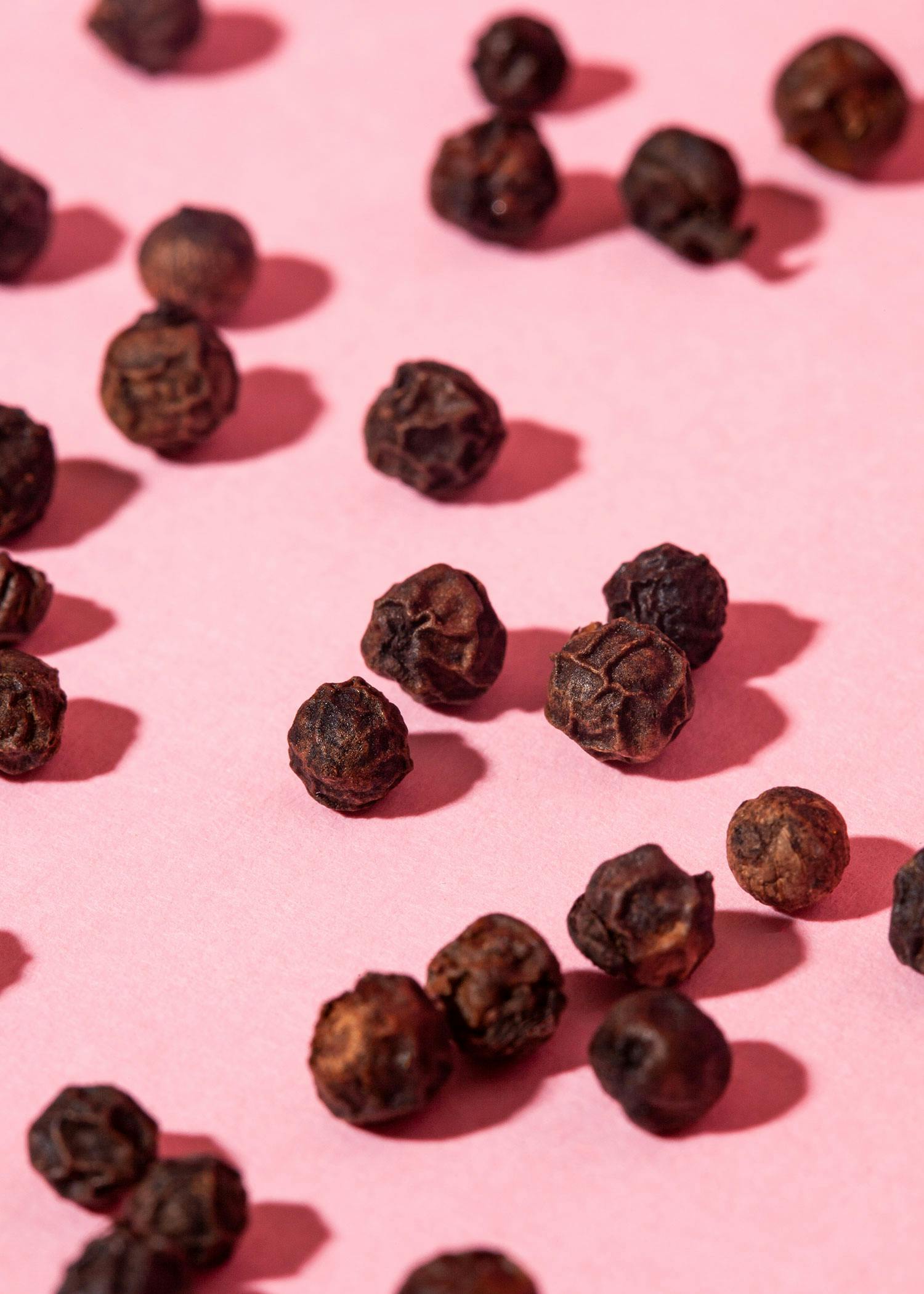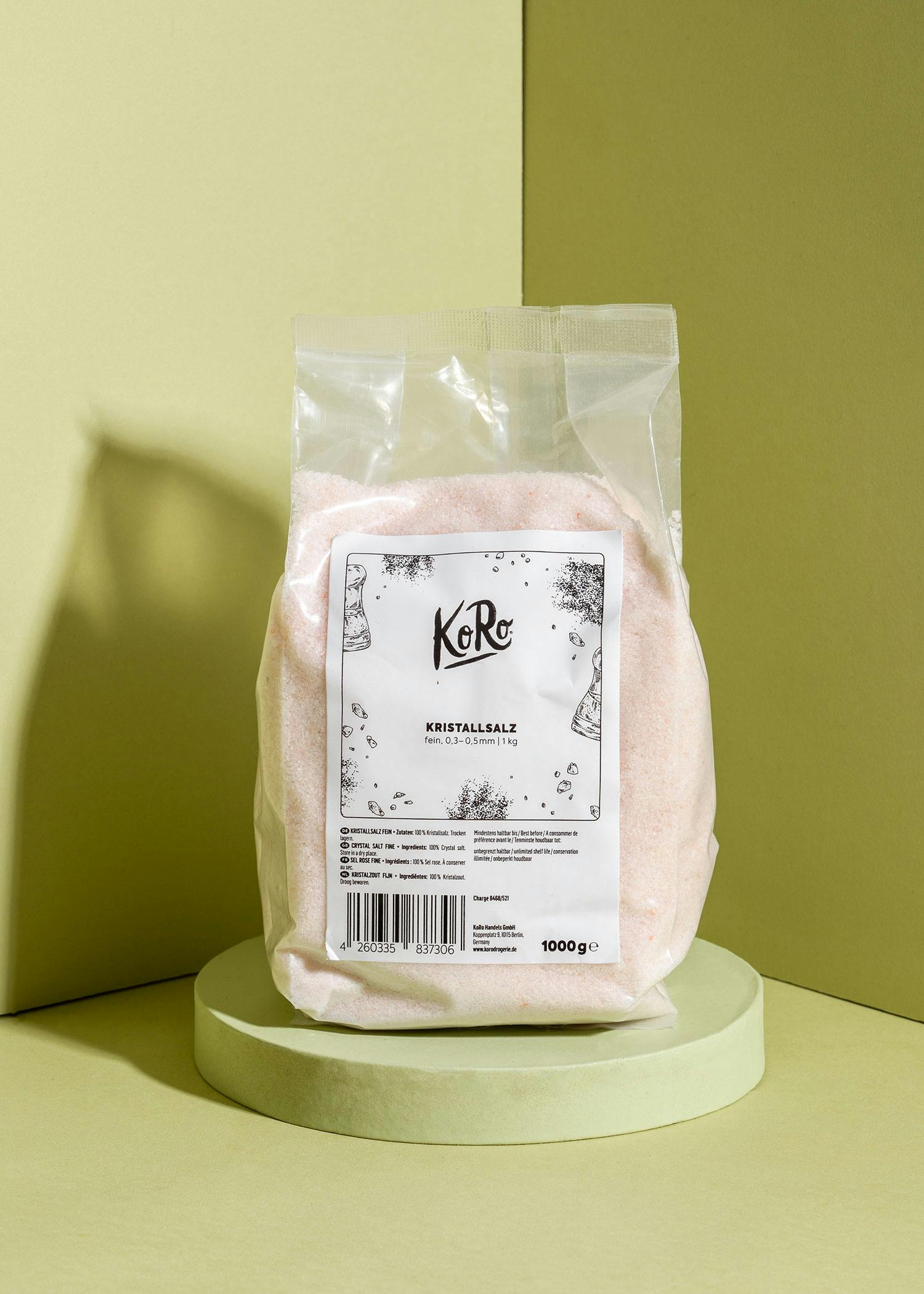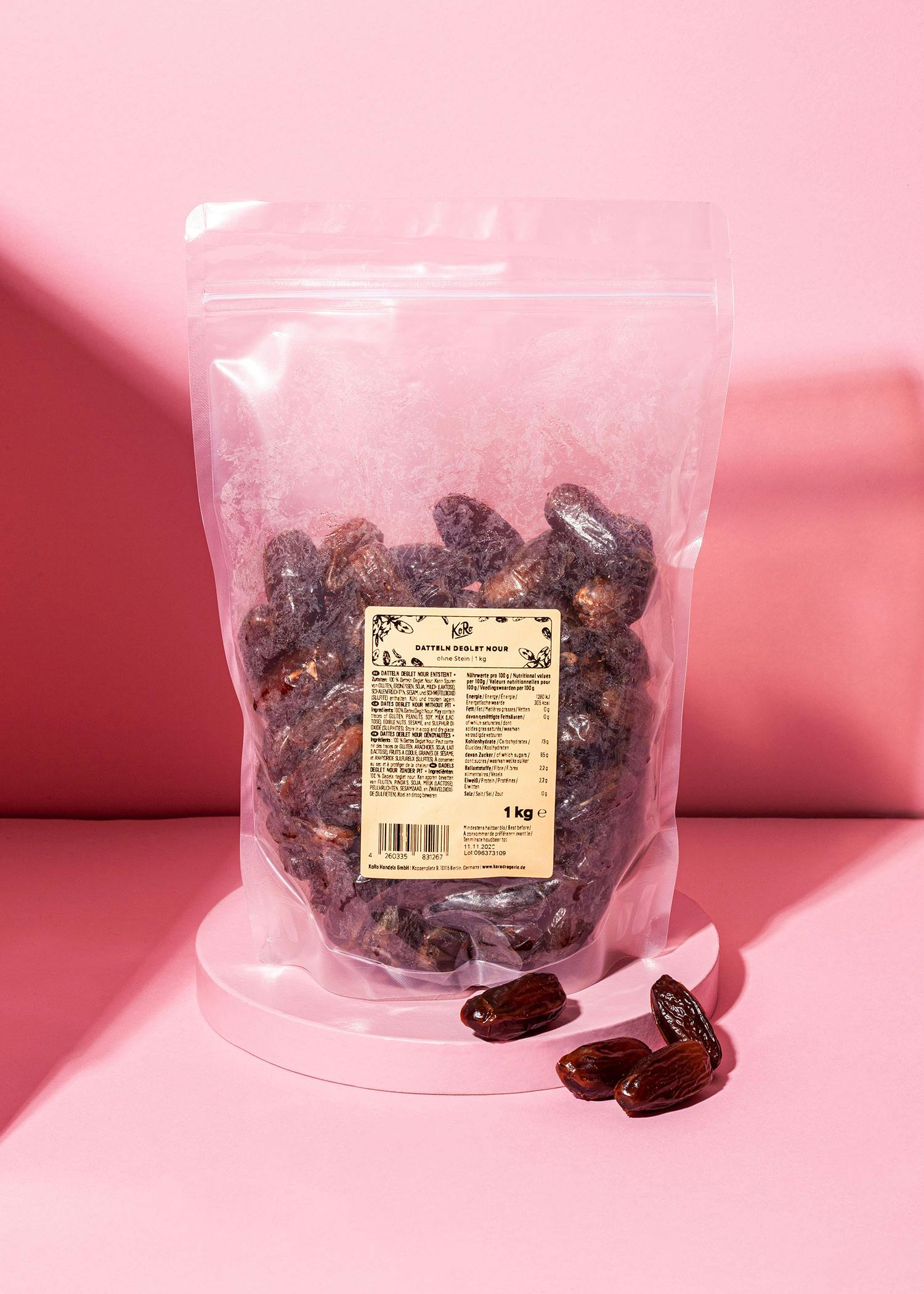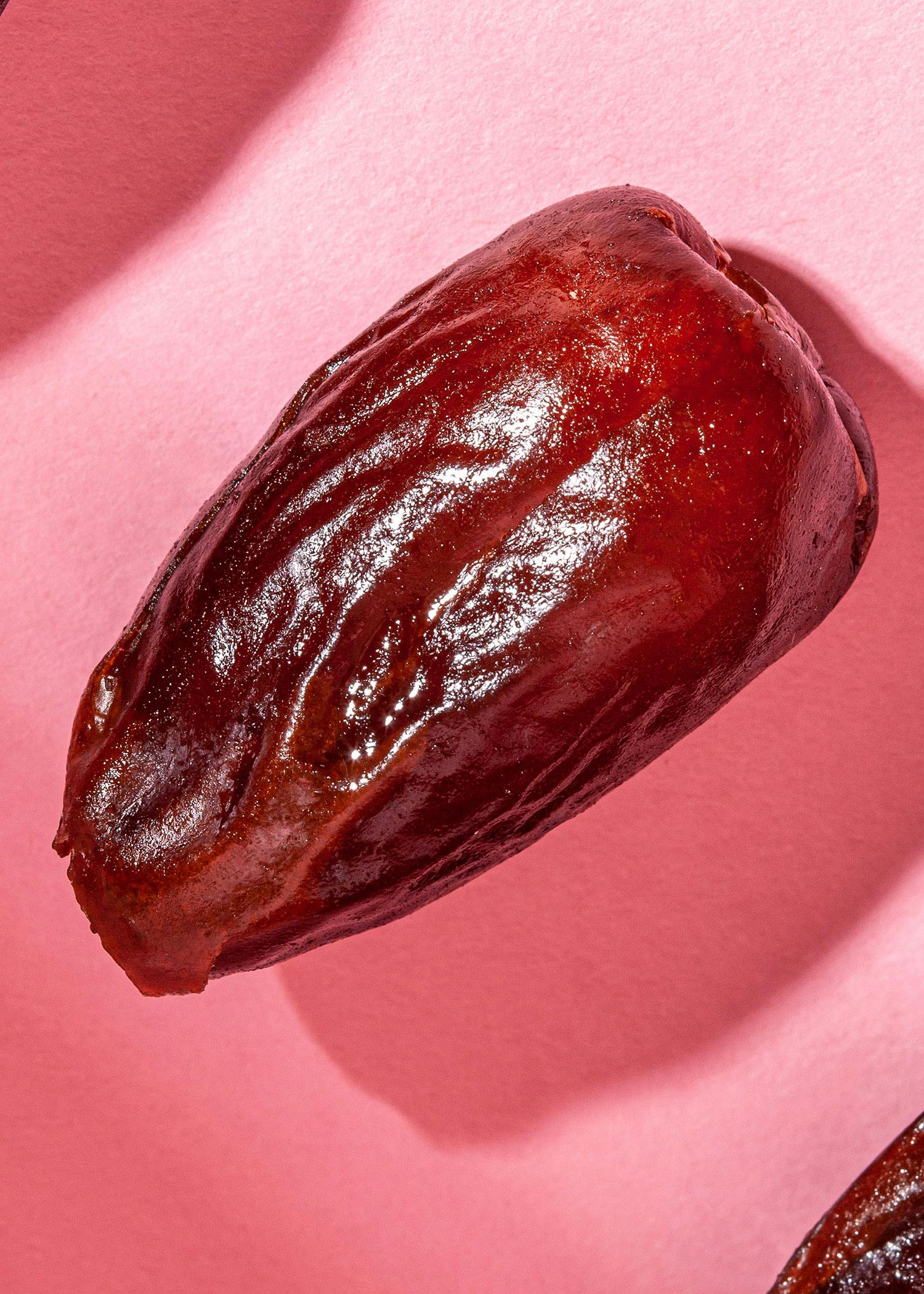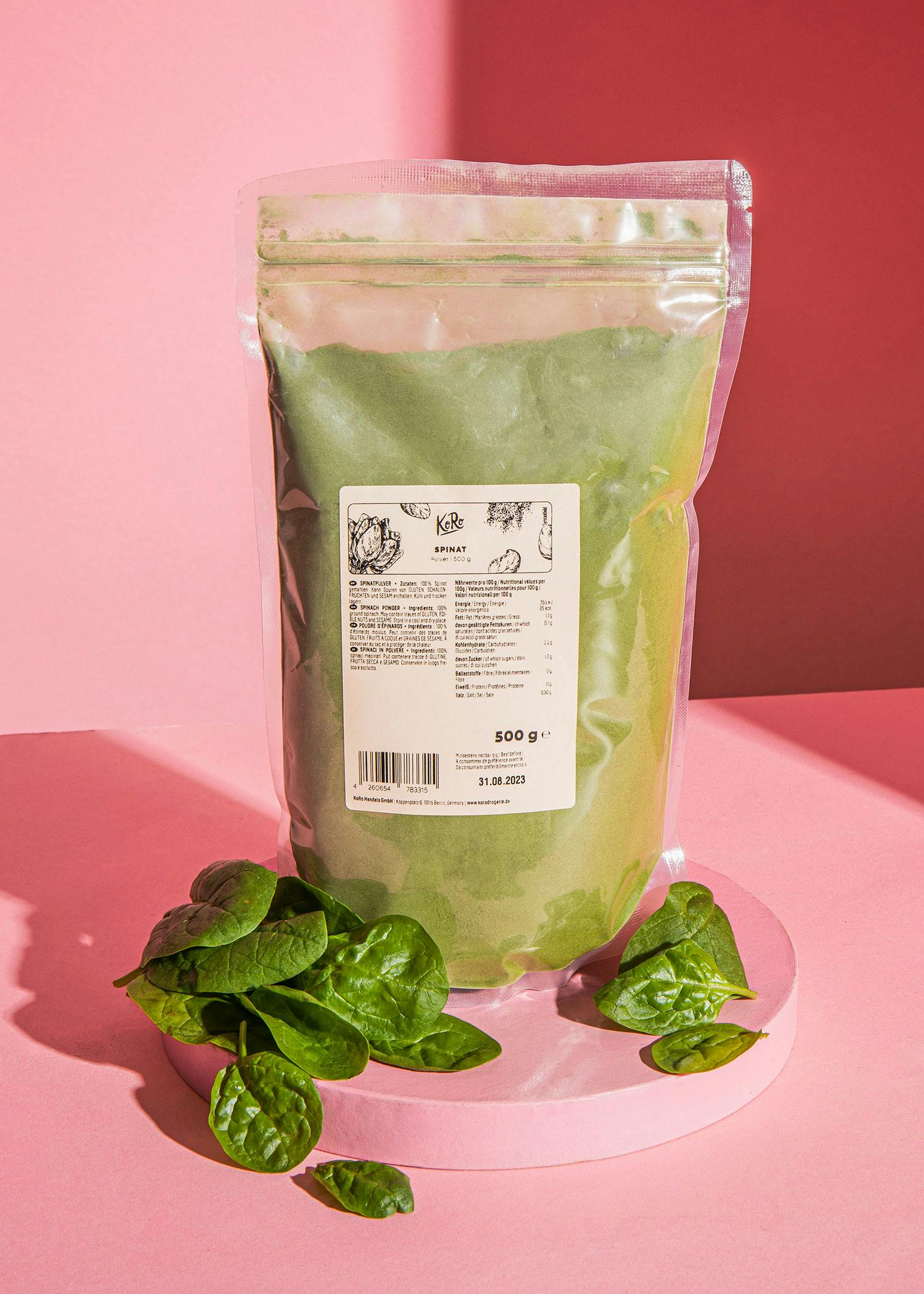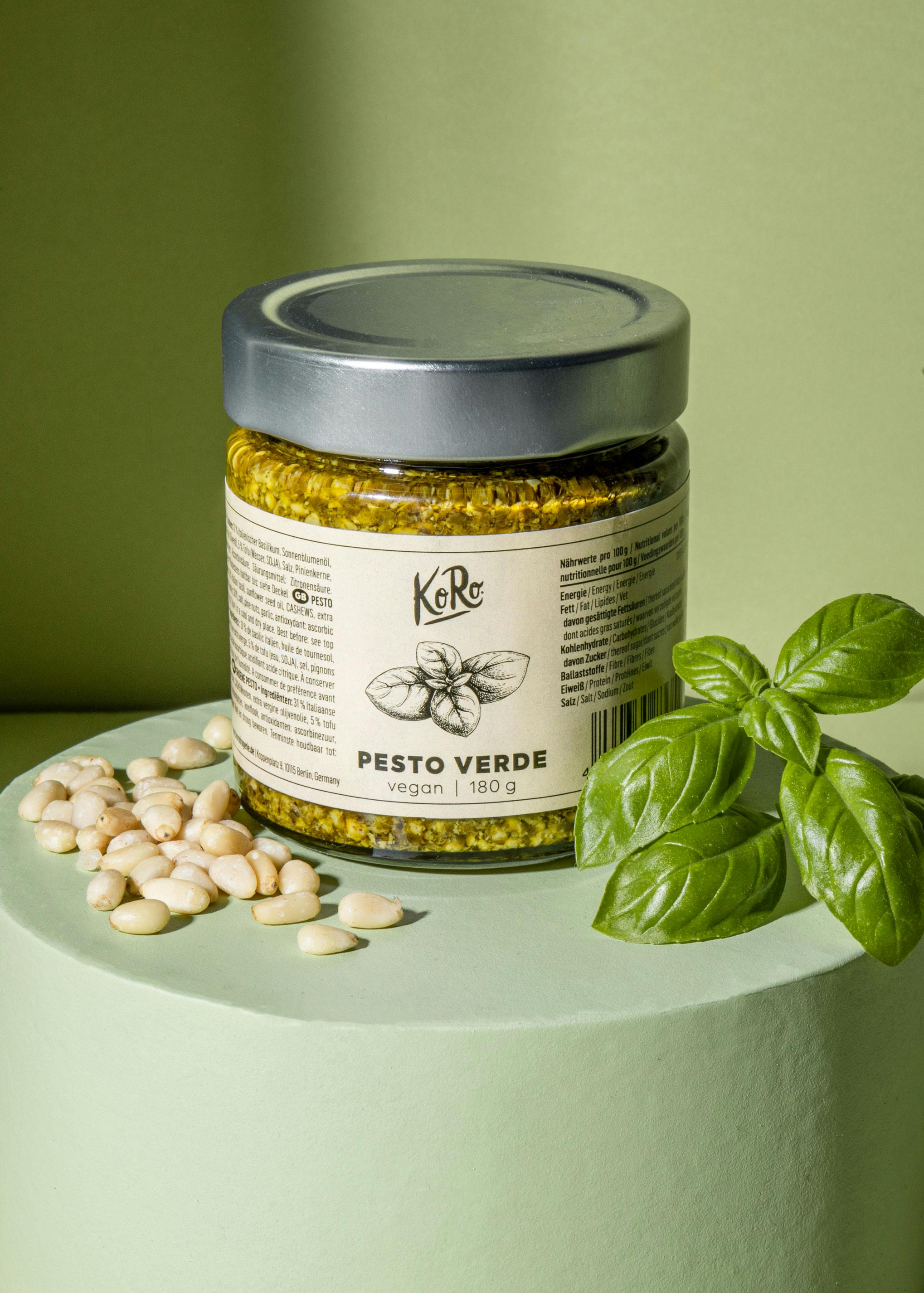While some people are still on their knees pulling out and throwing away the odd annoying plant, you can simply eat your weeds away. Plants such as dandelions, nettles and the like are often underestimated. Some weeds are excellent for cooking, are considered healthy and are free of charge. Here are some tips on what you can do with dandelions, daisies, nettles and wild garlic.
Harvesting tip
It's best to harvest your weeds in the morning. Because the herbs are at their juiciest in the morning, the early hours are considered the best time to harvest. In general, you should not pull out the plants, but cut off their leaves using a knife or scissors.
Dandelion
Instead of cutting dandelions with a lawnmower or desperately trying to get the stubborn roots out of the ground: How about eating them? Because the slightly bitter weed with the yellow flowers can be more than just rabbit food. Incidentally, you can use everything with dandelions: Leaves, roots and flowers. The following applies to the leaves: the lighter and softer the leaves are, the milder they taste. Dandelions can be steamed or prepared as a salad, for example. The weed also tastes good in vegetable soups or spicy sauces. The best harvest time is from May to June.
Dandelion pesto:
You need: 2 cloves of garlic, 1 bunch of dandelion leaves, 110 ml olive oil, 2 tbsp pine nuts, a little pepper and salt, and 1 tbsp grated Parmesan cheese. First peel and chop the garlic cloves. Then wash the dandelion leaves and cut them into thin strips. Put all the ingredients together in a blender until the right consistency is achieved. The pesto can be stored in a tightly sealed jar in the fridge for a few weeks.
Daisies
You probably already did this as a child: eat daisies! From April, the small white-yellow flowers grow in meadows and along paths. You can use both the leaves and the flowers of daisies. Their slightly nutty-sour aroma is rather subtle. Daisies taste delicious in fresh salads, herb quark or herb butter, for example. The dandelion pesto also works with daisy leaves instead of dandelion leaves. If you want to use them as decoration, it is best to pick them shortly before serving to ensure that the flowers are still open.
Stinging nettle
Most people consider this plant to be a nuisance and difficult to control. But did you know that the stalks and leaves of stinging nettle contain more vitamin C, provitamin A, calcium, magnesium, iron and phosphorus than spinach? They also have a slightly nutty and tart flavor that can enhance your cooking.The flavors and ingredients of nettles are best preserved in cold dishes. The weed cuts a particularly fine figure in salads, pesto or spreads.You can use stinging nettle not only when cold, but also when warm. The whole leaves can be prepared as a vegetable
,
similar to chard. This can be combined well with fish, eggs or potatoes, for example. The leaves are also suitable for making your own nettle tea. Harvesting tip: You should wear gloves when harvesting nettles. After all, touching the stinging nettle hairs will cause your skin to burn.Nettle smoothie:
For your smoothie, you will need 3 dates, 1 ripe banana, 1 orange and 1 handful of stinging nettle. Put all the ingredients together with 250 ml of water in a high-performance blender
-
and your nettle smoothie is ready. Alternatively, you can replace the water with the same amount of coconut water.Wild garlic
This tasty weed can be bought from greengrocers during the wild garlic season (mid-March to early May). But you can also find wild garlic in city parks, for example. It prefers to grow under trees or in the light shade of houses. But beware: wild garlic can easily be confused with lily of the valley
-
which is poisonous. If in doubt, you should therefore consult a specialist.The aroma of the plant is reminiscent of a mixture of garlic and chives. The best way to preserve the flavor of wild garlic is to use it in cold or lukewarm dishes. Unfortunately, it loses much of its aroma when dried, so it is best used fresh. To preserve your harvest for longer, you can freeze it.Wild garlic is often used to flavor pesto, soups or sauces. It is also delicious finely sliced on a sandwich.